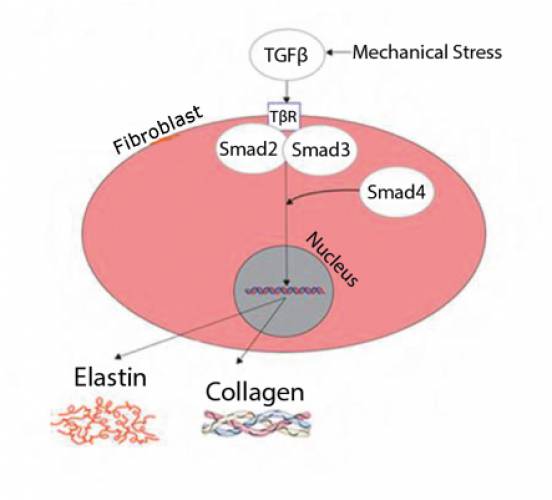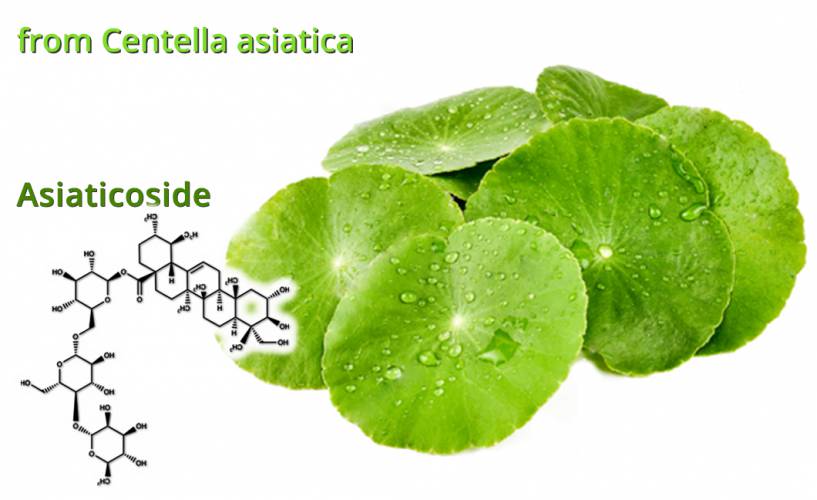STRETCH MARKS
Stretch marks and wounds: different types of dermal damage
Skin is frequently subject to mechanical stretching and injuries that usually are naturally solved by our organism. However, in case of an excessive stress, this leads to the generation of stretch marks and wounds that in time become white stretch and scars, respectively.
Stretch marks and wounds are associated by the dermal damage. Our body responds to both these problems through reparative mechanisms that lead always to scars.
The role of fibroblast in skin healing process
Fibroblasts are cells with a fundamental role: they are responsible for a balanced production of extracellular matrix components (ECM) essential for skin healing and prevention of scar formation.
The production of new components is controlled through a specific signalling pathway: injuries causes an activation of fibroblasts, inducing an increase of collagen and elastin.
On the other hand, an abnormal activation of this pathway ends in an exaggerated ECM proteins production responsible for white stretch marks and scars.
ELASTID: the power of Asiaticoside in wound healing efficacy
ELASTID is composed of pure Asiaticoside, the most active molecule extracted from Centella asiatica. This natural active ingredient interacts with the signalling pathway responsible for the production of ECM proteins.
In physiological conditions, Asiaticoside activates the pathway increasing the expression of ECM proteins and improving stretch marks and wound healing.
In overactive fibroblasts instead, Elastid reduces the excessive deposition of collagen and elastin preventing the exaggerated formation of scars.




